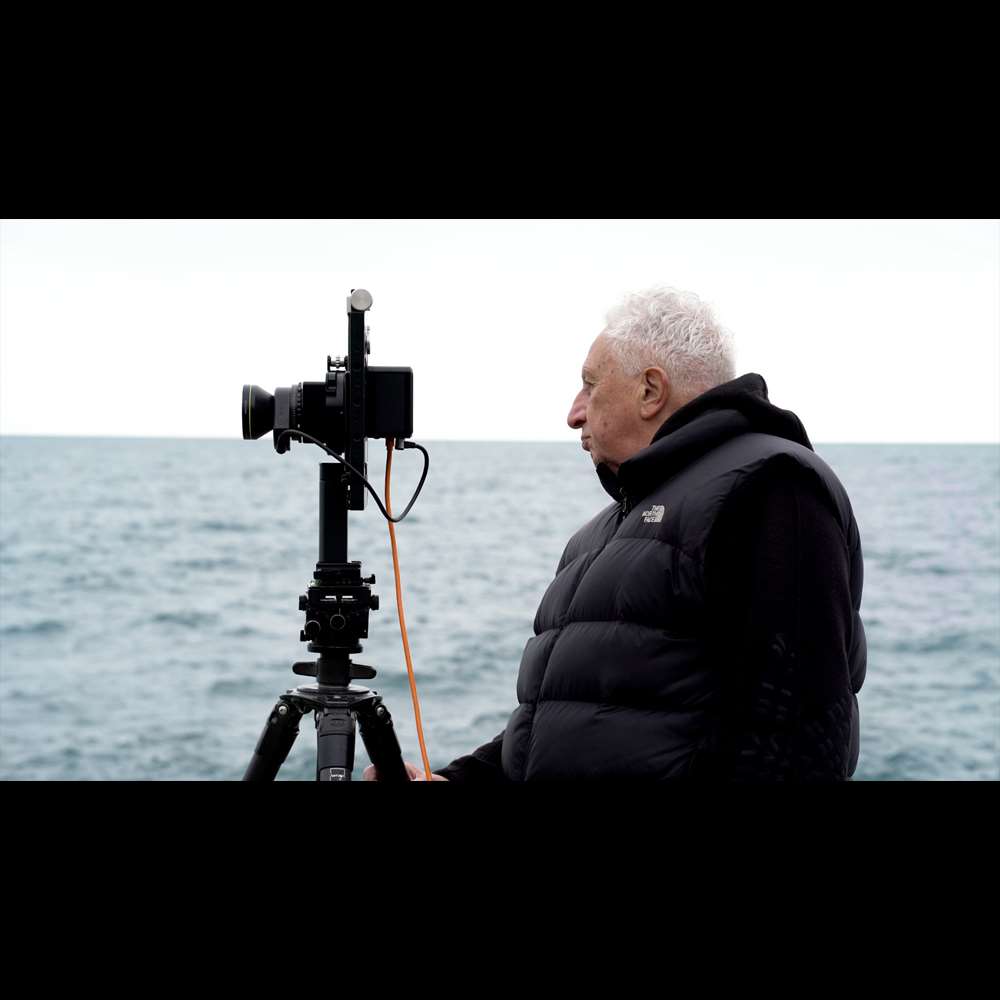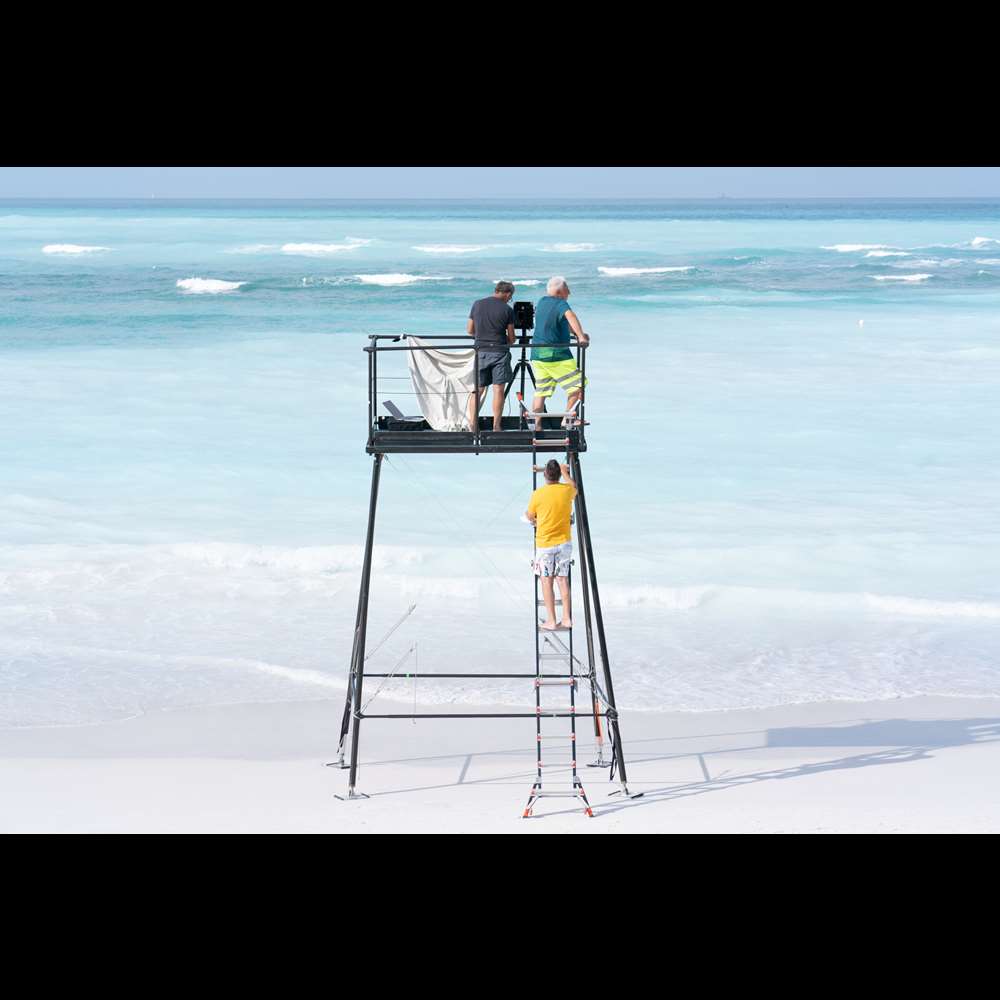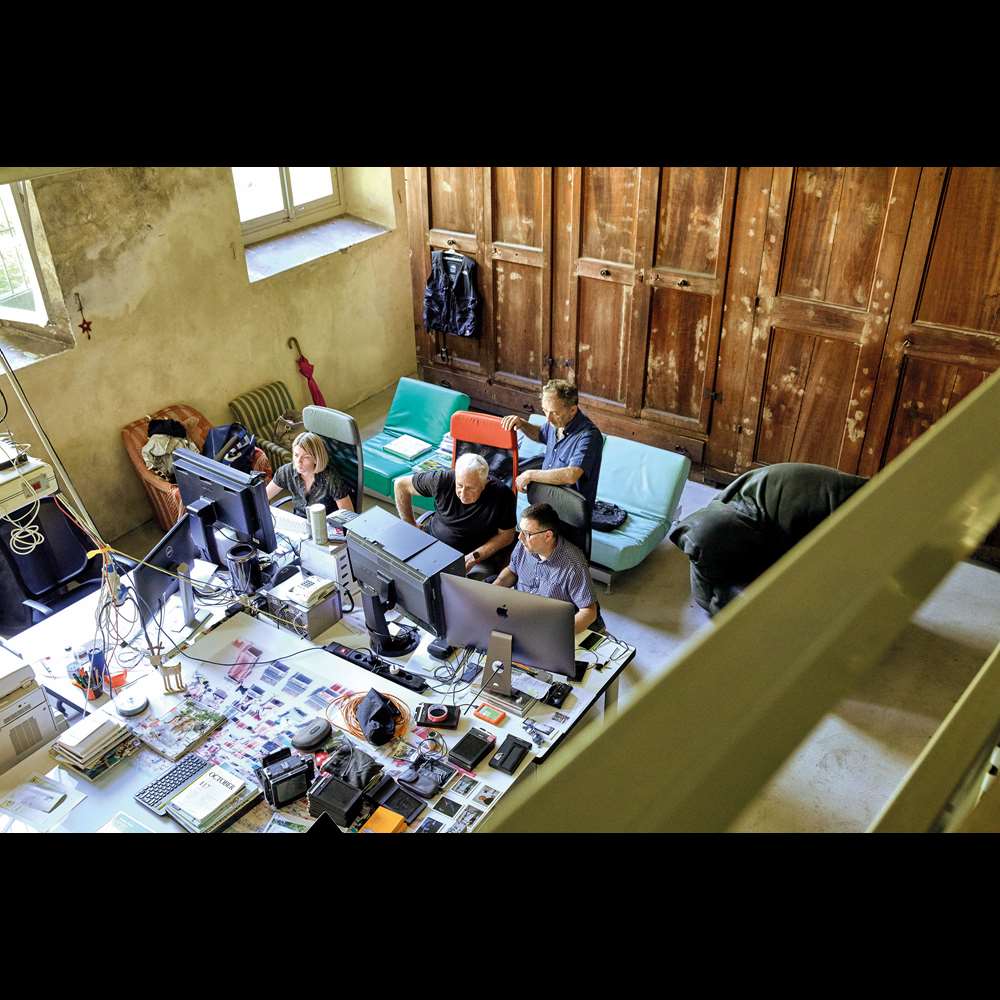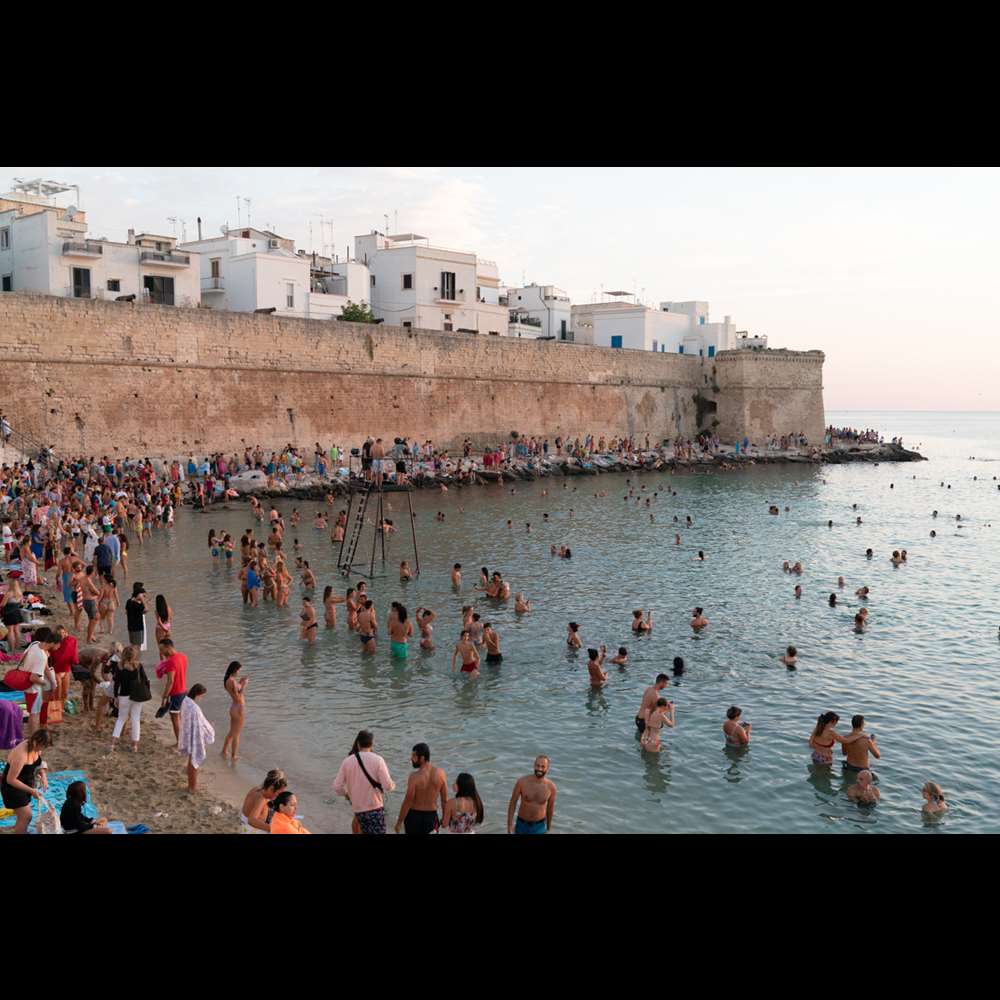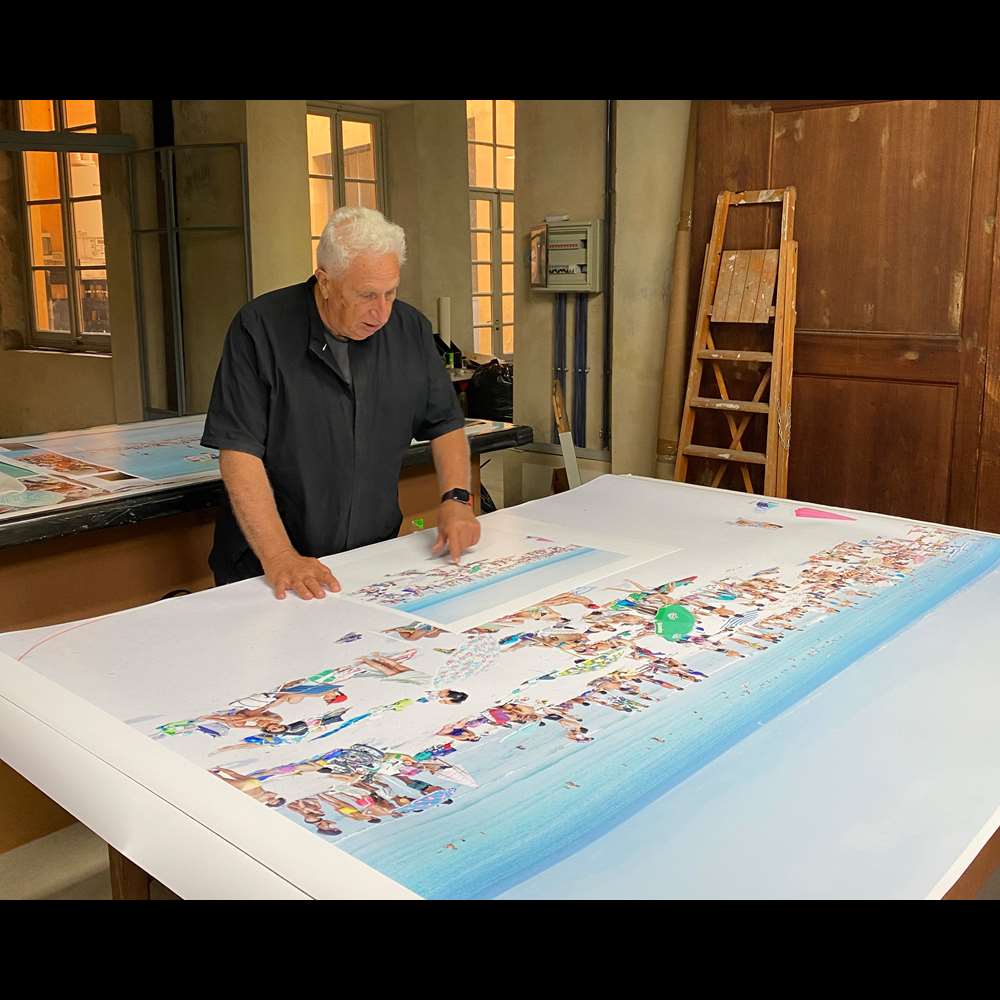-
Interview
1, What are the foundations of your research (Art Identity)?
I'm interested in people, in observing them in their most ordinary attitudes. Since 1994 I have chosen to photograph various social places and in particular the beach because I think it is the place where the subjects get naked more easily and therefore where I can better observe their interpersonal relationships and the relationship they establish with the surrounding space.
2. Who are the artists who have guided you in your research?
Eugene Omar Goldbeck for his panoramic photos of groups of people in the 1920s, Jeff Wall for the complexity of the events represented in the photographs, the German photographers of the Düsseldorf School for their use of large format and, more generally, painting Renaissance, where a raised perspective was used and where a profusion of human figures filled the picture.
3. Define yourself as a human being using three adjectives.
Curious, insistent, available.
4. According to your vision, where is contemporary art going and where would you like it to go?
I don't think I have the opportunity to express my opinion on the present and future of contemporary art in just a few lines.
3. Define yourself as a human being using three adjectives.
Curious, insistent, available.
4. According to your vision, where is contemporary art going and where would you like it to go?
I don't think I have the opportunity to express my opinion on the present and future of contemporary art in just a few lines.
TWO WORDS ABOUT HIS WORKS
Massimo Vitali was born in Como in 1944. He moved to London after high school, where he studied photography at the London College of Printing. In the early 1960s he began working as a photojournalist, collaborating with many magazines and agencies in Italy and Europe. In this period he met Simon Guttmann, the founder of the Report agency, who would become fundamental for Vitali's growth as a "Concerned Photographer". In the early 1980s a growing distrust in the belief that photography had an absolute capacity to reproduce the subtleties of reality led to a change in his career path. He started working as a cinematographer for television and cinema. However, his relationship with the camera never ceased and he eventually turned his attention back to "photography as a means of artistic research". His series of panoramas of Italian beaches, called the Beach Series, began in 1995, in light of drastic political changes in Italy. Vitali began to observe his compatriots very carefully. He represented a "sanitized and complacent vision of the Italian normality", at the same time revealing "the internal conditions and disturbances of the normality: its cosmetic falsity, sexual innuendos, commodified leisure, deluded sense of well-being and rigid conformity". [Whitney Davis, "How to Make Analogies in a Digital Age" in October Magazine, Summer 2006, n.117, p.71-98.] Over the past 12 years she has developed a new approach to representing the world, illuminating the apotheosis della Mandria, expressing and commenting through the most intriguing and palpable forms of contemporary art. He currently he lives in Lucca. His works are present in prestigious collections such as the Centro de Arte Reina Sofia in Madrid, the Luigi Pecci Center for Contemporary Art in Prato, the Guggenheim in New York, the Metropolitan Bank Trust Photo Collection in Chicago and the Center Pompidou Musée National d'Art Moderne in Paris.
